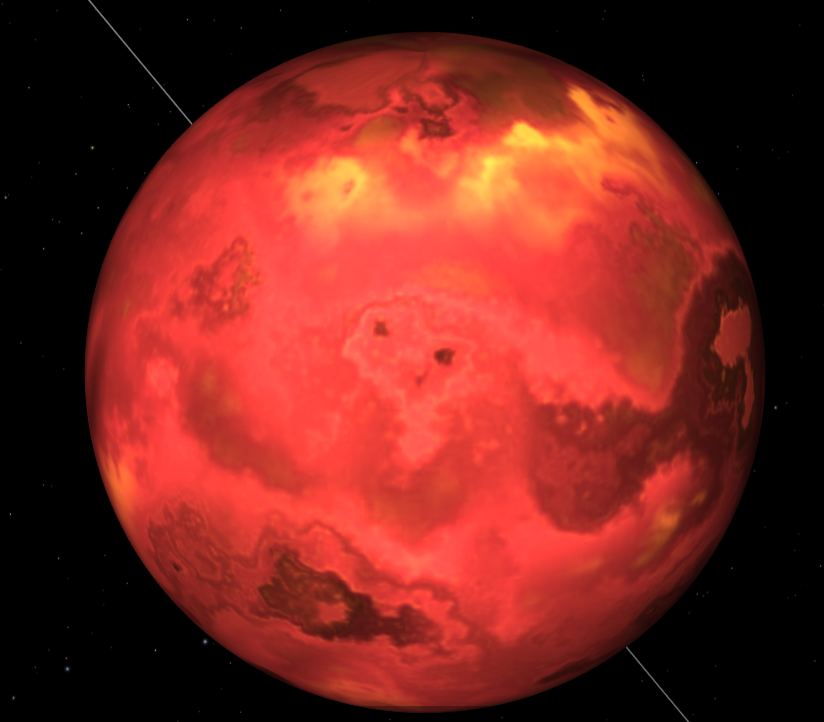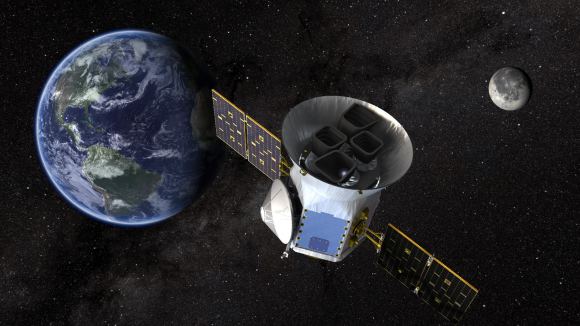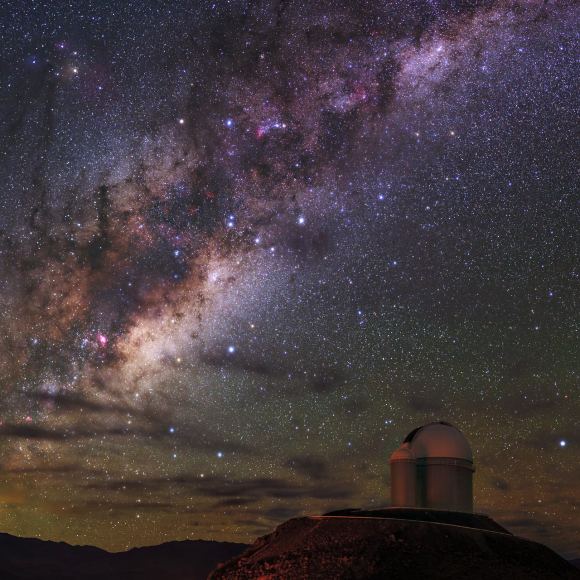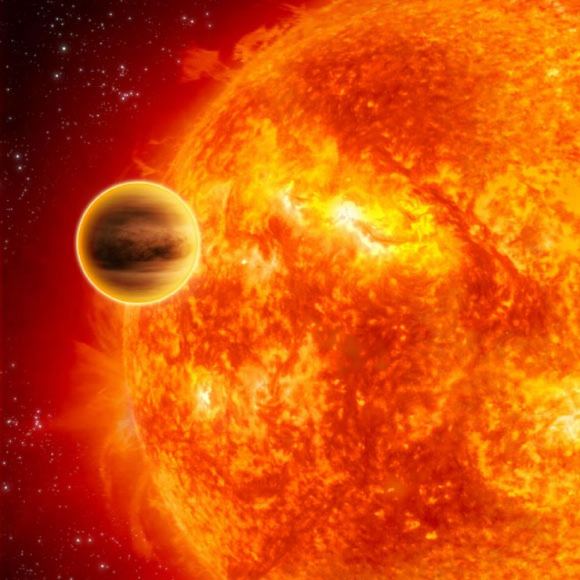

Johns Hopkins University (JHU) continues to pad its space community résumé with their interactive map, “The map of the observable Universe”, that takes viewers on a 13.7-billion-year-old tour of the cosmos from the present to the moments after the Big Bang. While JHU is responsible for creating the site, additional contributions were made by NASA, the European Space Agency, the National Science Foundation, and the Sloan Foundation.

An illustration of the exoplanet Gliese 367 b. It's an oddball planet that may be composed entirely of iron. Image Credit: NASA

Artist illustration of NASA’s Transiting Exoplanet Survey Satellite (TESS) observing the heavens. TESS found G 367 b, but only barely. The tiny planet was at the limit of TESS’s detection ability. (Credit: NASA’s Goddard Space Flight Center)

The magnificent Milky Way galaxy is radiant over the ESO’s La Silla Observatory in this image. The ESO 3.6-metre telescope is home to an extrasolar planet hunter called the High Accuracy Radial Velocity Planet Searcher (HARPS), a spectrograph with unrivalled precision. Image Credit: ESO/B. Tafreshi (twanight.org) They also used HARPS to measure the small planet. This time they used 371 HARPS observations of G 367 b. These results show that the planet is even more dense than the 2021 study found. Instead of 55% of Earth’s mass, this new research reveals that the planet is 63% of Earth’s mass. Its radius also shrank from 72% of Earth’s to 70% of Earth’s.

This artist’s image shows a collision that could’ve occurred between a protoplanetary object and a Mercury-sized planet. Collisional stripping could’ve removed G 367 b’s outer layers, leaving only an iron core behind. Credit: NASA/JPL-Caltech

This illustration shows a Jupiter-mass exoplanet getting perilously close to its star. When gaseous planets get too close to their stars, the powerful irradiation can strip away the gaseous envelope. Image Credit: C. Carreau / ESA.